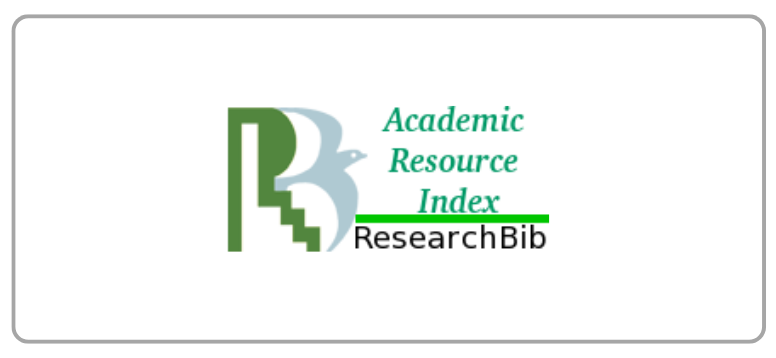Exploitasi Seks Terhadap Anak Perempuan yang Menjadi Korban Perdagangan Orang di Lokasi Prostitusi
DOI:
https://doi.org/10.21512/humaniora.v2i2.3140Keywords:
child, sex workers, prostituted childrenAbstract
The special focus of this paper is the fenomen of girls who become sex workers. They are children under age of 18 year. Â This paper will show that the girls who become sex workers were human trafficking victim for sex commercial purpose. The beneficiaries of this exploitation are their parent, pimp, and those who live around of their life in prostitution location. Data is gathered by the researcher with Institute for Community Development and Social Advocacy (ICODESA) team which advocate girls as human trafficking victims in interview, observation and discussion. Child sex workers must be claimed as Prostituted Children. Psychologically they have not been able to identify rationally every decision they take; socially and economically they are victims that structurally force themselves trapped in human trafficking. They have no education, no skills needed for industry, and they are also powerless towards patriarchal local culture.
Â
Plum Analytics
References
Darmoyo, S., & Riato, A. (2004). Trafficking anak untuk pekerja rumah tangga. Jakarta: PKPM UAH.
Hendardi, A. (1988). Ringkasan analisa situasi anak yang membutuhkan perlindungan khusus. Jakarta: PKPM Atma Jaya, Departemen Sosial dan UNICEF.
Kuper, A., & Kuper, J. (2001). Ensiklopedi ilmu-ilmu sosial. (Harismunandar, terj.). Jakarta: Raja Grafindo Persada.
Lie, S. (2005). Pembebasan tubuh perempuan: Gugatan etis Simone de Beauvoir terhadap budaya patriarkat. Jakarta: Grasindo.
Republik Indonesia. (2004). Undang-Undang Republik Indonesia nomor 23 tahun 2004 tentang penghapusan kekerasan dalam rumah tangga. Jakarta: Lembar Negara Republik Indonesia Nomor 4419.
Rosenberg, R. (2003). Perdagangan perempuan dan anak di Indonesia. Jakarta: USAID, ICMC, SOLIDARITY CENTER.
Sen, A. (2000). Inequality reexamined. New York: Russell Sage Foundation.
United Nations Economic and Social Commission for Asia and the Pacific. (1999). Sexually abused and sexually explited children and youth In South Asia: A qualitative assessment of their health needs and available services. New York: United Nations.
UNICEF. (n.d.). Pedoman untuk perlindungan hak-hak anak korban perdagangan manusia.
Trafficking in children for sexual purpose. (2001). A Contribution of UNICEF To The 2nd World Conggress Against Commercial Sexual Exploitation of Children, Yokohama, Japan, 17-20 Desember 2001.
Downloads
Published
How to Cite
Issue
Section
License
Authors who publish with this journal agree to the following terms:
a. Authors retain copyright and grant the journal right of first publication with the work simultaneously licensed under a Creative Commons Attribution License - Share Alike that allows others to share the work with an acknowledgment of the work's authorship and initial publication in this journal.
b. Authors are able to enter into separate, additional contractual arrangements for the non-exclusive distribution of the journal's published version of the work (e.g., post it to an institutional repository or publish it in a book), with an acknowledgment of its initial publication in this journal.
c. Authors are permitted and encouraged to post their work online (e.g., in institutional repositories or on their website) prior to and during the submission process, as it can lead to productive exchanges, as well as earlier and greater citation of published work.
USER RIGHTS
All articles published Open Access will be immediately and permanently free for everyone to read and download. We are continuously working with our author communities to select the best choice of license options, currently being defined for this journal as follows: Creative Commons Attribution-Share Alike (CC BY-SA)
























